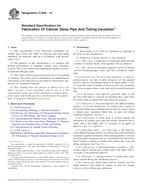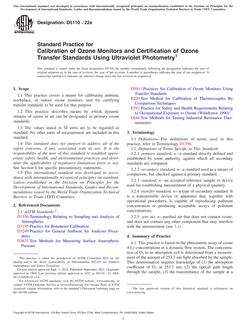1.1 This specification covers material requirements for anorganic xenogeneic or allogeneic bone (apatite) intended for surgical implants. For a material to be called anorganic or deorganified bone, it must conform to this specification (see Appendix X1).
1.2 The biological response to apatite in soft tissue and bone has been characterized by a history of clinical use and by laboratory studies (1, 2, 3). Xenogeneic bone, with organic components present, has been shown to be antigenic in the human host (4) whereas the same material that has been completely deorganified has been shown to elicit no inflammatory or foreign body reactions in human clinical use (5, 6, 7).
1.3 This specification specifically excludes synthetic hydroxylapatite, hydroxylapatite coatings, ceramic glasses, tribasic calcium phosphate, whitlockite, and alpha- and beta-tricalcium phosphate.
1.4 Warning–Mercury has been designated by EPA and many state agencies as a hazardous material that can cause central nervous system, kidney, and liver damage. Mercury, or its vapor, may be hazardous to health and corrosive to materials. Caution should be taken when handling mercury and mercury-containing products. See the applicable product Material Safety Data Sheet (MSDS) for details and EPA's website (http://www.epa.gov/mercury/faq.htm) for additional information. Users should be aware that selling mercury or mercury-containing products, or both, in your state may be prohibited by state law.
1.5 This standard does not purport to address all of the safety concerns, such as health concerns due to the presence of transmissible disease, associated with its use. It is the responsibility of the user of this standard to establish appropriate safety and health practices and determine the applicability of regulatory limitations prior to use. (See Appendix X2).
Product Details
- Published:
- 02/01/2008
- Number of Pages:
- 4
- File Size:
- 1 file , 86 KB
- Redline File Size:
- 2 files , 160 KB


